For many Alexandria residents, houseplants are more than just décor, they’re cherished companions that bring life and beauty to your home. When it’s time to move, figuring out how to safely transport your plants can be a challenge. Unlike furniture or boxes, plants are living things that require special care and attention during a move. With the right preparation and techniques, you can ensure your leafy friends arrive at your new home healthy and thriving.
In Old Town Alexandria, Reputation Movers are the trusted experts in local and long distance moving. If you have any questions after reading this guide, please reach out.
Why Moving Plants Requires Special Care
Plants Are Sensitive to Change
Plants can be surprisingly sensitive to changes in their environment. Temperature fluctuations, lack of sunlight, and physical jostling can all cause stress or even permanent damage. Some plants may drop leaves, wilt, or go into shock if not handled properly during a move.
Legal and Practical Considerations
If you’re moving out of Virginia or across state lines, be aware that some states have restrictions on transporting certain plants to prevent the spread of pests and diseases. Always check local regulations before moving your plants long distance.
Preparing Your Plants for the Move
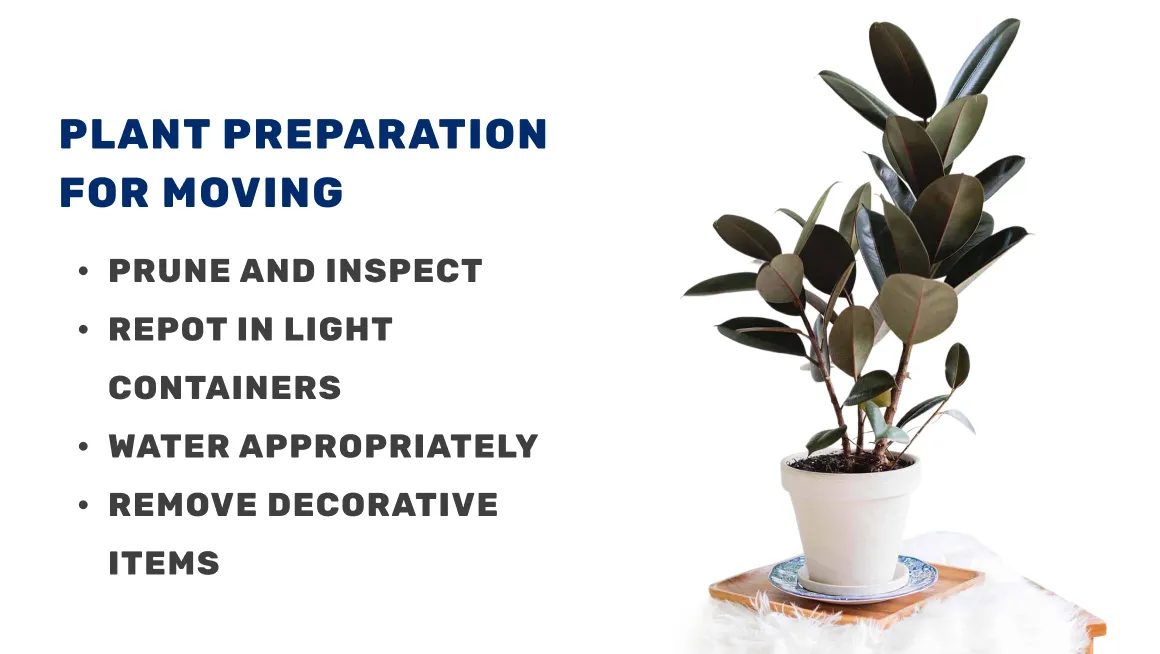
Get Your Plants Ready in Advance
A little preparation goes a long way in ensuring your plants survive the journey. Start getting your plants ready at least a week before moving day.
- Prune and Inspect: Trim dead leaves and branches to make plants easier to handle and reduce the risk of breakage. Check for pests and treat any infestations before the move.
- Repot in Lightweight Containers: If your plants are in heavy ceramic pots, consider repotting them into lightweight plastic containers. This makes them easier to carry and less likely to break.
- Water Appropriately: Water your plants a day or two before the move. The soil should be moist but not soggy, which helps prevent spills and root rot during transport.
- Remove Decorative Items: Take out stakes, trellises, or decorative stones that could shift and damage the plant during transit.
Packing Plants for Safe Transport
How to Pack Small and Medium Plants
Most houseplants can be packed in sturdy boxes for the move. Here’s how to do it safely:
- Choose the Right Box: Select a box that’s just slightly larger than the pot. Line the bottom with plastic or a garbage bag to catch any soil spills.
- Secure the Plant: Place the pot in the box and fill any gaps with crumpled paper or bubble wrap to prevent shifting. Make sure the plant stands upright and the foliage isn’t pressed against the sides.
- Ventilation: If you need to close the box, poke holes for airflow. Label the box as “Live Plant” and indicate which side is up.
Packing Large or Tall Plants
Large plants may not fit in standard boxes. For these, wrap the pot in plastic to contain soil, then gently tie the foliage together with soft twine or fabric strips. Use blankets or bubble wrap to cushion the pot and protect branches from snapping.
Transporting Plants in Your Vehicle
Keep Plants With You When Possible
Whenever possible, transport your plants in your own vehicle. This allows you to control the temperature and handle them with care. Avoid leaving plants in a hot or cold car for extended periods, as extreme temperatures can be fatal.
- Secure Placement: Place plants on the floor or in the back seat, where they won’t tip over. Use seat belts or boxes to keep them stable.
- Protect from Sun and Wind: Avoid direct sunlight through car windows, which can scorch leaves. Crack a window for ventilation if needed, but don’t expose plants to strong drafts.
- Plan for Stops: If your move involves a long drive, bring plants inside with you during overnight stops, especially in extreme weather.
Moving Plants with Professional Movers
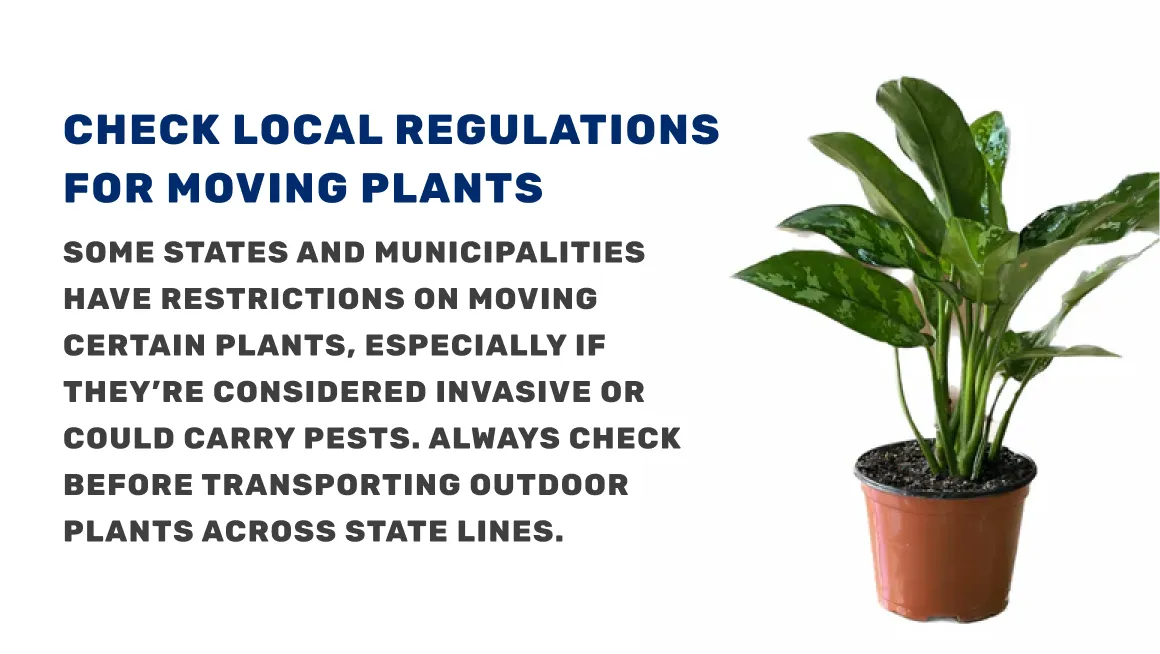
What Movers Can and Cannot Transport
Many moving companies, including Reputation Movers, are happy to help with plant transport for local moves. However, due to regulations and the delicate nature of plants, most movers cannot transport live plants long distances or across state lines. Always check with your moving company in advance.
How Reputation Movers Can Help
For local moves in Alexandria and Northern Virginia, Reputation Movers can assist with careful loading and unloading of your plants. Our team uses gentle handling and protective materials to minimize stress and damage. We’ll work with you to ensure your plants are among the last items loaded and the first unloaded, reducing their time in transit.
Unpacking and Helping Plants Recover After the Move
Settle Plants Quickly
Once you arrive at your new home, unpack your plants as soon as possible. Place them in a spot with similar light and temperature conditions to their previous location. Avoid direct sunlight until they’ve had a chance to acclimate.
- Check for Damage: Inspect each plant for broken stems, wilted leaves, or signs of shock. Remove any damaged parts to encourage healthy regrowth.
- Water and Feed: Give your plants a drink if the soil feels dry, but avoid overwatering. Wait a week or two before fertilizing to let them recover from the move.
- Be Patient: Some plants may take a few weeks to adjust to their new environment. With proper care, most will bounce back and thrive.
Special Tips for Outdoor and Garden Plants
Transplanting Outdoor Plants
If you’re moving garden plants, dig them up carefully, keeping as much of the root ball intact as possible. Wrap roots in damp burlap or newspaper and transport them in buckets or boxes. Replant as soon as possible at your new home.
Check Local Regulations
Some states and municipalities have restrictions on moving certain plants, especially if they’re considered invasive or could carry pests. Always check before transporting outdoor plants across state lines.
Frequently Asked Questions About Moving Plants
Can I move my plants in the moving truck?
For local moves, some movers may allow plants in the truck, but it’s generally safer to transport them in your own vehicle. For long-distance moves, most moving companies cannot transport live plants due to regulations and the risk of damage.
How do I keep my plants from going into shock?
Minimize temperature changes, handle plants gently, and avoid overwatering before and after the move. Place them in similar conditions at your new home and give them time to adjust.
What if my plant looks wilted after the move?
Some wilting is normal due to stress. Remove damaged leaves, water as needed, and keep the plant out of direct sunlight until it recovers. Most healthy plants will bounce back within a few weeks.
Let Reputation Movers Help with Your Next Move in Alexandria, VA
Moving your beloved plants doesn’t have to be stressful. With careful preparation and the right support, you can ensure your green companions arrive safely at your new home. Reputation Movers offers expert assistance for local moves in Alexandria and Northern Virginia, treating your plants and all your belongings with the care they deserve.
Ready for a smooth, stress-free move? Contact Reputation Movers today for a free quote and discover how our team can help you transport your plants, and everything else you love, safely and efficiently.
.webp)
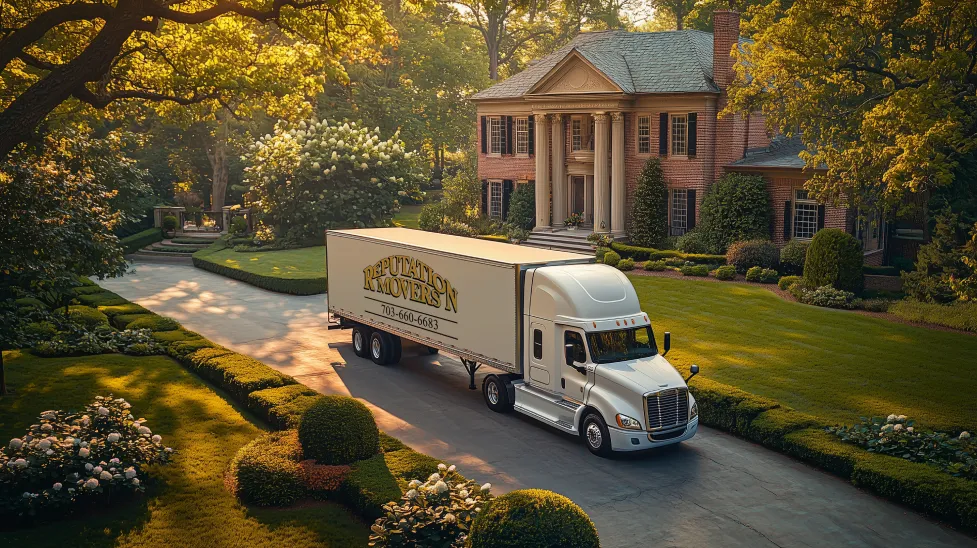
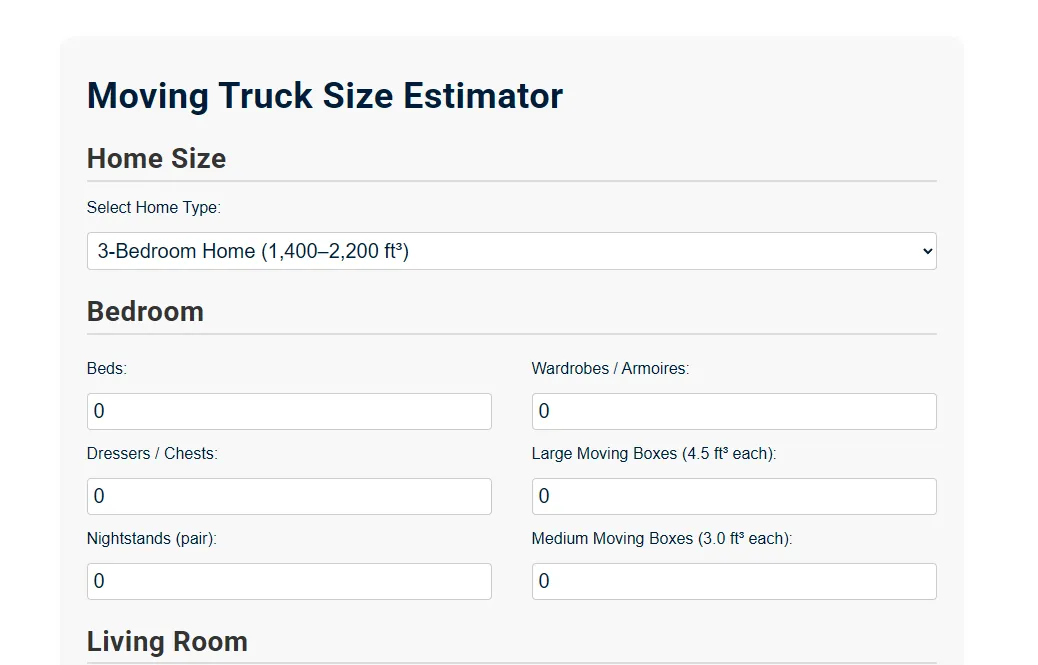


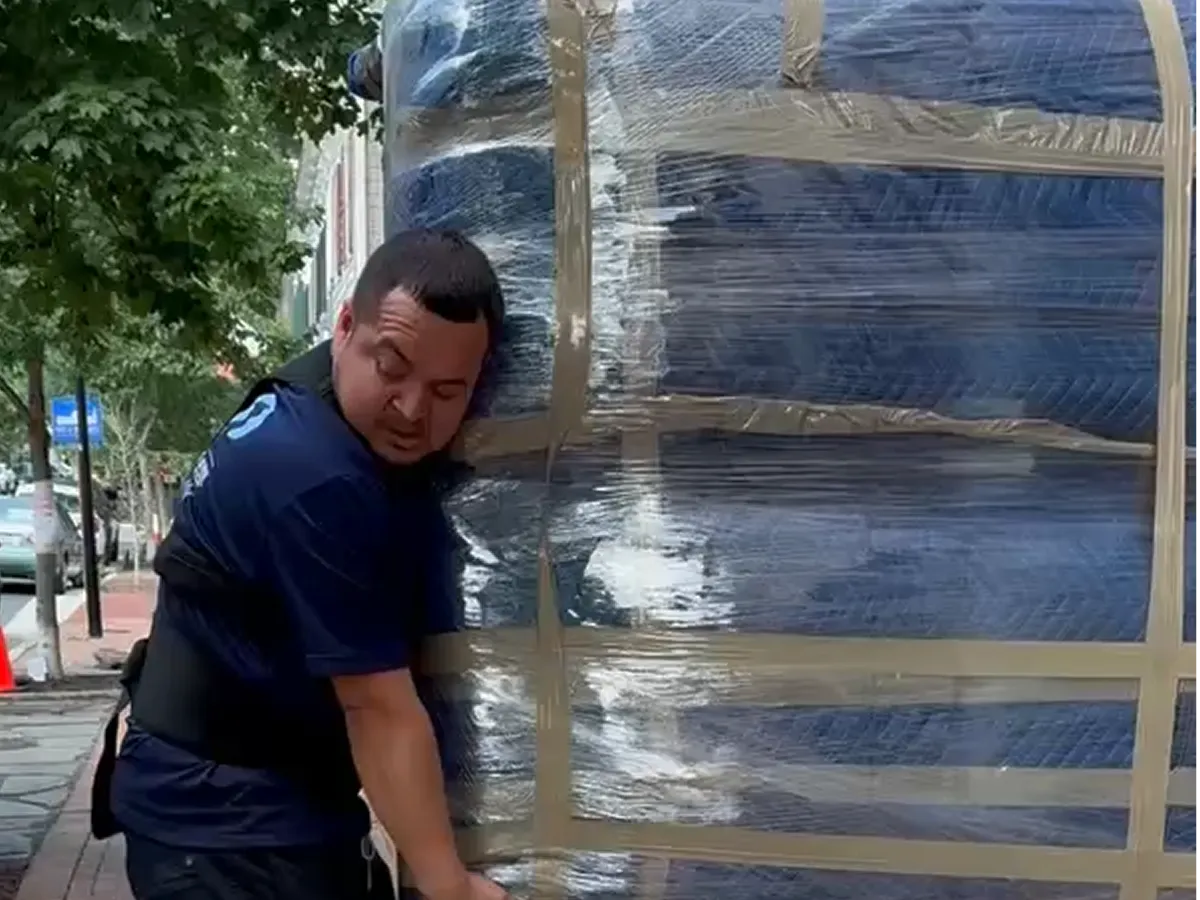
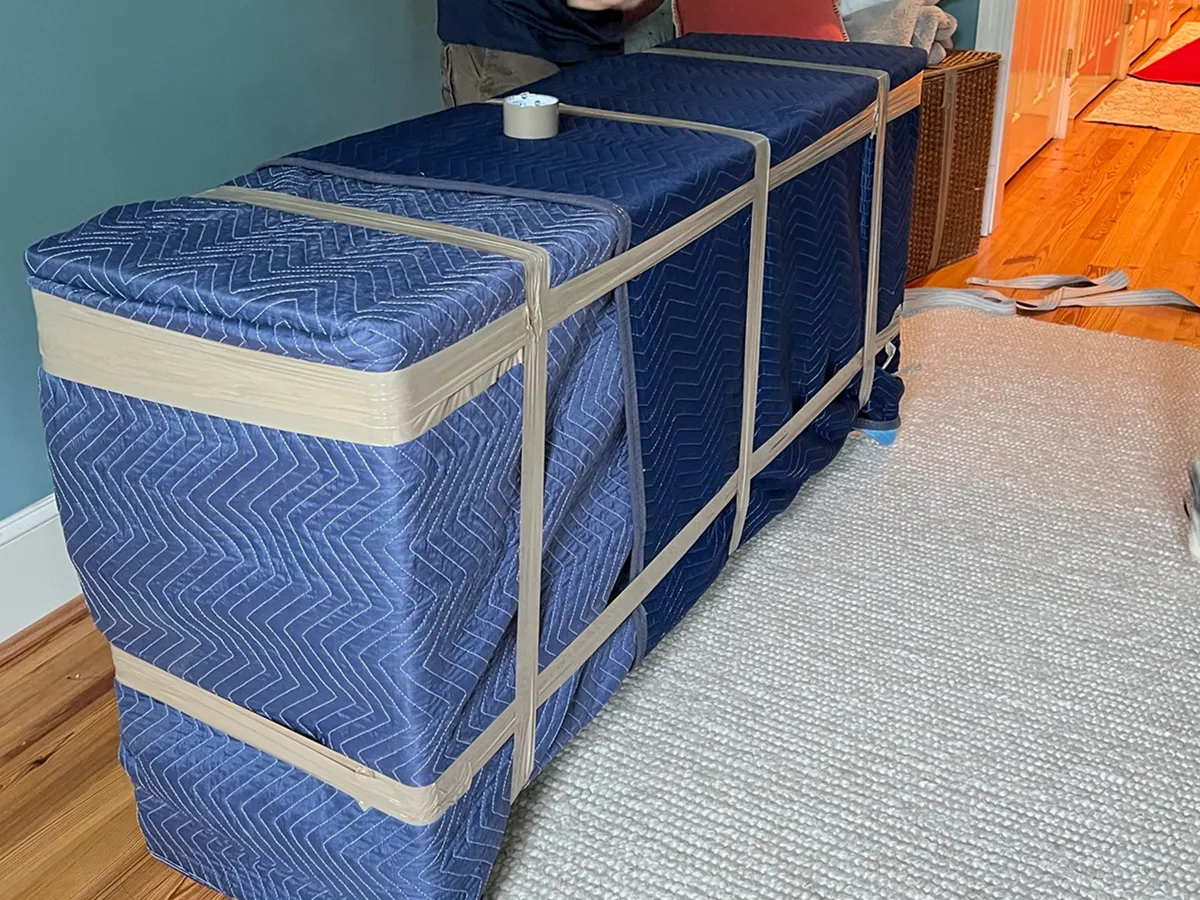
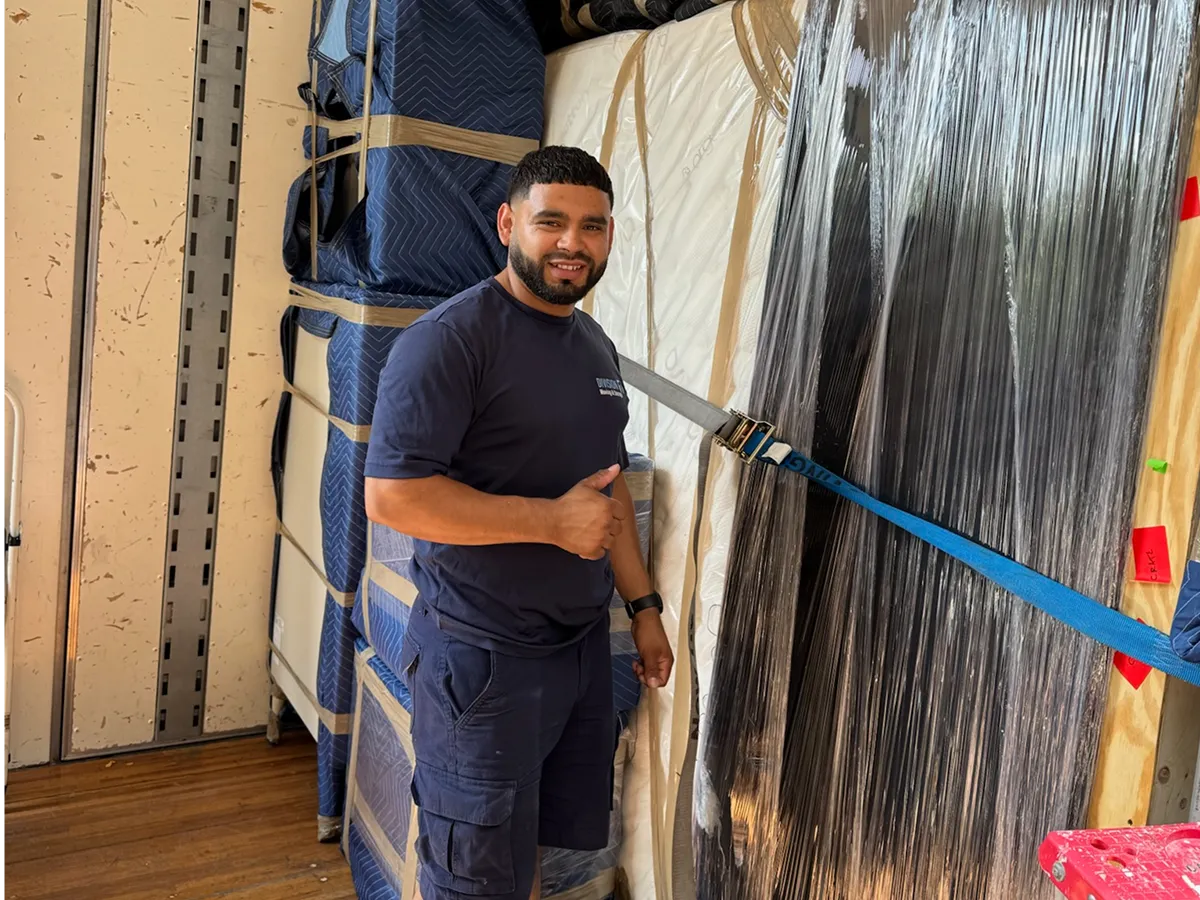



.webp)
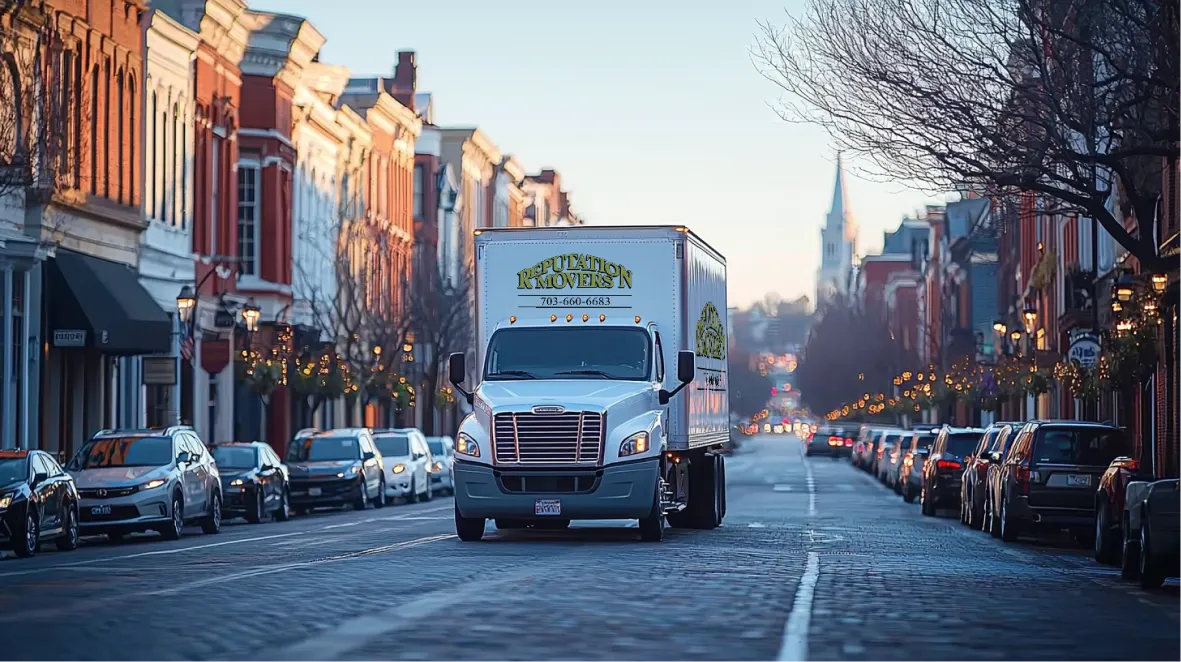
.webp)
























.png)